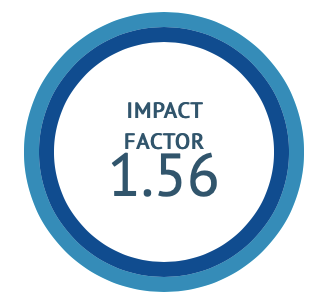Comparative HPTLC Fingerprinting Study of Guduchi Kwatha prepared by Using Different Techniques
DOI:
https://doi.org/10.47552/ijam.v16i2.5475Keywords:
Guduchi, Kwatha, Soxhlet, Pressure cooker, SpotsAbstract
Kwatha Kalpana is the basic dosage form and standard of its secondary dosage forms are depended upon it. There are various challenges in preparation of Kwatha Kalpana in terms of particle size, temperature, proportion of water etc. In order to optimize the process of Kwatha the study was planned to assess the quality by HPTLC. For this, Guduchi (Tinospora Cordifolia Linn) is selected as Kwatha drug in its fresh form. Kwatha was prepared by classical method using three different proportion of water i.e. 16 parts, 8 parts and 4 parts and reduced to 1/8th ,1/4th and 1/4th part respectively. In other alternative techniques, time-based techniques were used by 1hour,2 hours,3hours and 4 hours boiling. Soxhlet extraction method was been used at three different temperatures i.e. 600, 800 and 1000C and pressure cooker technique has been used at two different boiling duration i.e. 30 minutes and 60 minutes. Comparative evaluation of HPTLC fingerprinting of all these techniques were done. Conventional method of Guduchi Kwatha which used four parts of water observed maximum number of phyto-constituents. In alternative methods, higher spots were noted in Kwatha prepared after four hours of boiling and in the Soxhlet extraction method at 600C. Also, the Pressure cooker method showed highest spots after 60 minutes of boiling. Presence of common Rf values in all the studied samples of Kwatha suggest that there are some stable phyto-constituents which have no impact of types of processing.
Downloads
Published
How to Cite
Issue
Section
License
Copyright (c) 2025 International Journal of Ayurvedic Medicine

This work is licensed under a Creative Commons Attribution-NonCommercial-ShareAlike 4.0 International License.
The author hereby transfers, assigns, or conveys all copyright ownership to the International Journal of Ayurvedic Medicine (IJAM). By this transfer, the article becomes the property of the IJAM and may not be published elsewhere without written permission from the IJAM.
This transfer of copyright also implies transfer of rights for printed, electronic, microfilm, and facsimile publication. No royalty or other monetary compensation will be received for transferring the copyright of the article to the IJAM.
The IJAM, in turn, grants each author the right to republish the article in any book for which he or she is the author or editor, without paying royalties to the IJAM, subject to the express conditions that (a) the author notify IJAM in advance in writing of this republication and (b) a credit line attributes the original publication to IJAM.




